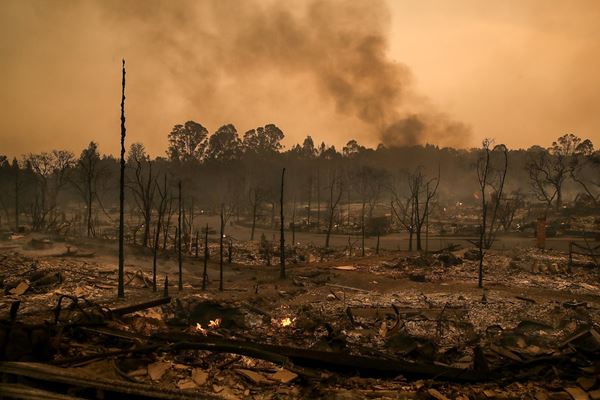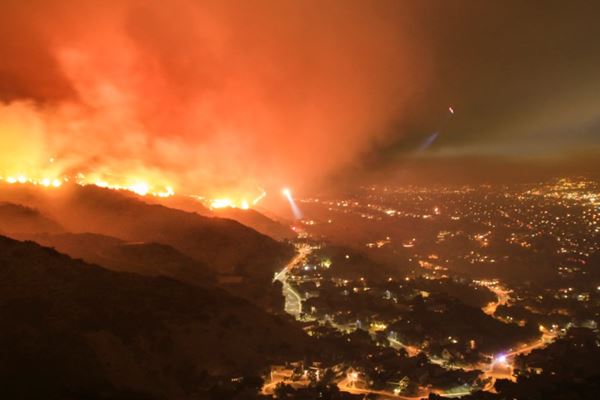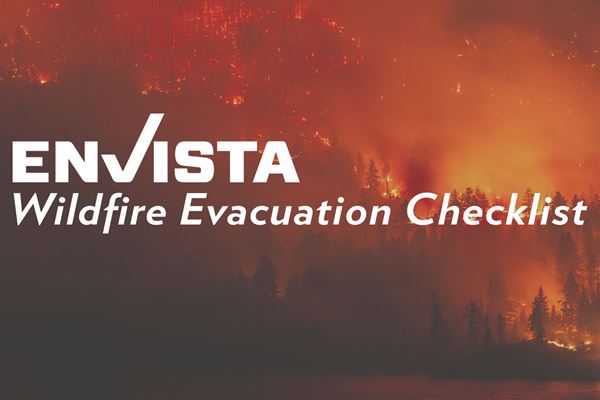Wildfire Evacuation Checklist

Wildfires can be terrifying for all those involved, but to be trapped in one or caught trying to evacuate with thousands of others can be downright frightening.
How to Prepare for a Wildfire?
Every year, wildfires consume at least 4 to 5 million acres, and in recent years, that number has risen to nearly 9 million. In the U.S., most fires typically affect residents and wildlife that reside in highly forested areas such as California, followed by other wildfire-prone states like Georgia, Texas, and Colorado.
When it comes to wildfires, no one is safe, but you can take the necessary safety precautions and stay informed.
Wildfire Evacuation Checklist: Top 15 Tips
- If you find yourself in an area that is prone to wildfires, look into fire-retardant roofs and siding for your home or business.
- Make sure you have a defensible, fire-safe, or resistant landscape on your property, keep it at a minimum, and keep it back 100 feet from the house.
- Build decks made of fire-resistant materials, and don't store propane near the property.
- Attic vents should be no more than a quarter-inch in diameter to prevent floating embers from entering your home.
- If it is essential to evacuate, do so as soon as first responders and fire officials tell you to, or even before it's officially ordered. You should never wait, as wildfires spread extremely fast. Wildfires can travel faster than you can run, and sometimes faster than you can drive. You may only have one opportunity to evacuate safely.
- Never assume you have enough time. In an active wildfire, conditions can worsen and/or drastically change in seconds, not minutes or hours.
- When it comes to your evacuation route, stick to the main roads, and figure out how to escape if the main road is blocked.
- If you live or work in an area prone to wildfires, pre-plan at least two evacuation routes, a primary route, and a backup route, away from the property.
- Before you leave the property, make sure all windows and doors are closed.
- Stack law furniture away from the house.
- Turn on all the lights so the property is illuminated, as fires can cause blackout conditions.
- If all roads are blocked, seek shelter in a structure where you can wait until the main body of the fire has passed.
- If you find yourself directly in the line of the fire, stay by an exterior door and attempt to exit the structure on the side facing away from the majority of the fire. If the structure is not on fire, stay where you are until it is safe outside. Wildfires are usually fast-moving and the longer you can remain safely inside a structure the better chances you will have of surviving once you leave the structure.
- If you encounter fire while driving, remain inside your vehicle with the engine running, windows up and ventilation system closed to the interior of the vehicle until the fire moves.
- Does your property have an in-ground pool? If so, pools can be a final area of refuge if the fire is directly bearing down on your property area. Keep as much of your body submerged and stay close to the edge to deflect heat. If need be, take deep breaths and submerge under the water as long as possible, repeating until the fire intensity has passed.
Want to know more about our Wildfire Investigation services? Visit our fire origin and cause investigation pages.
Sources:
https://www.npr.org/2018/05/27/614886501/west-midwest-prepare-for-wildfire-season
https://www.huffingtonpost.com/entry/control-californiawildfires_us_5a3120a0e4b07ff75aff27ed?9mf
Vores eksperter kan hjælpe dig!




